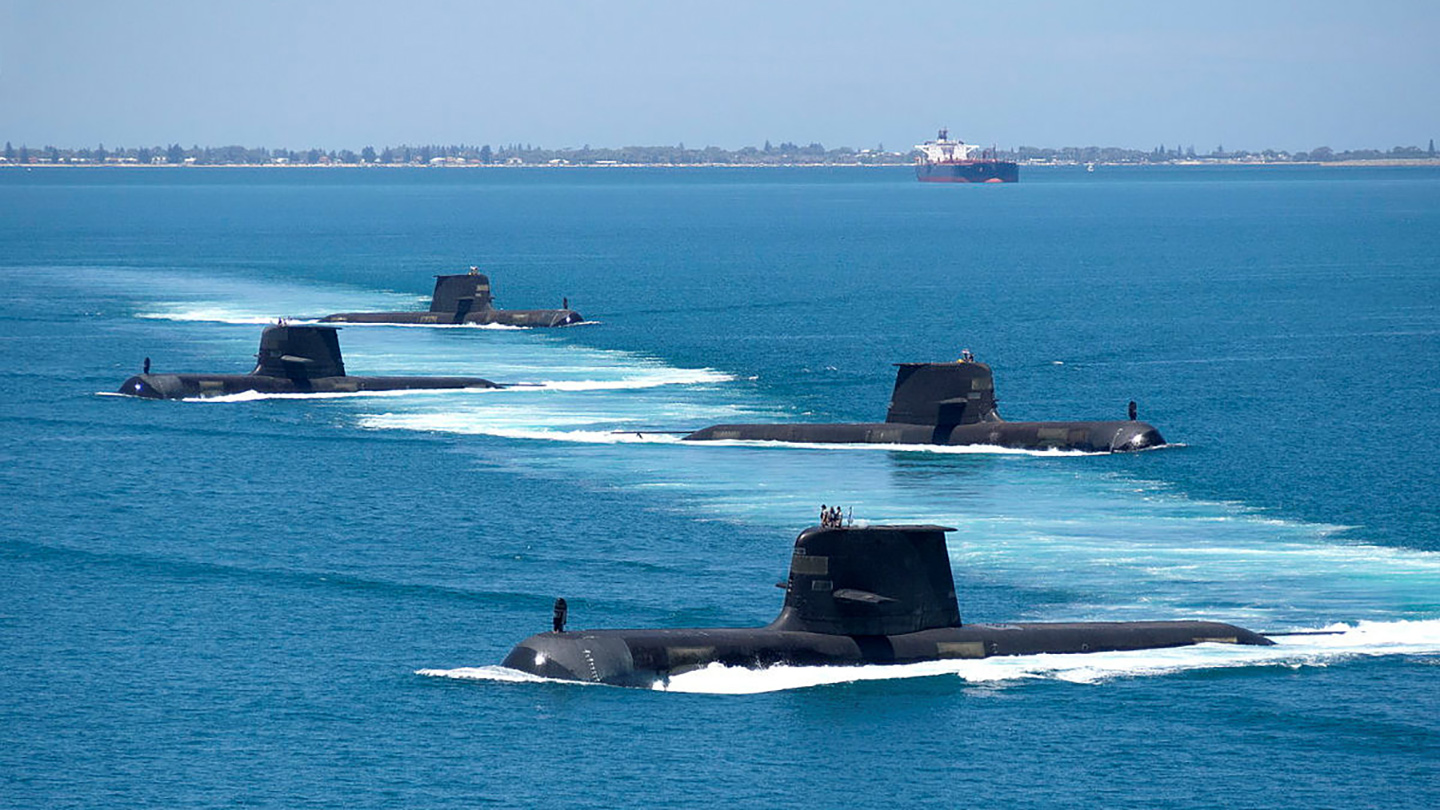Australia has decided not to go ahead with plans to add Tomahawk land attack cruise missile (TLAM) capabilities to its six Collins class diesel-electric attack submarines, leaving the Royal Australian Navy’s (RAN) undersea force with a firepower gap for years to come. This scaling back of the torpedo-tube-launched TLAM concept comes as Australia awaits the delivery of Tomahawk-equipped Virginia class nuclear-powered, conventionally armed submarines from the U.S. and the new SSN AUKUS class nuclear-powered, conventionally armed boats it is designing with the U.K.
Under a new life-of-type extension (LOTE) effort announced Wednesday, officials said they have no plans to arm the Collins boats with Tomahawks. Those missiles can hit targets roughly 1.000 miles away. The UGM-84 Harpoon anti-ship missiles Collins class subs currently carry have a range of about 75 and are only able to attack vessels, not land targets. That’s in addition to Mk 48 Mod 4/6/7 torpedoes.
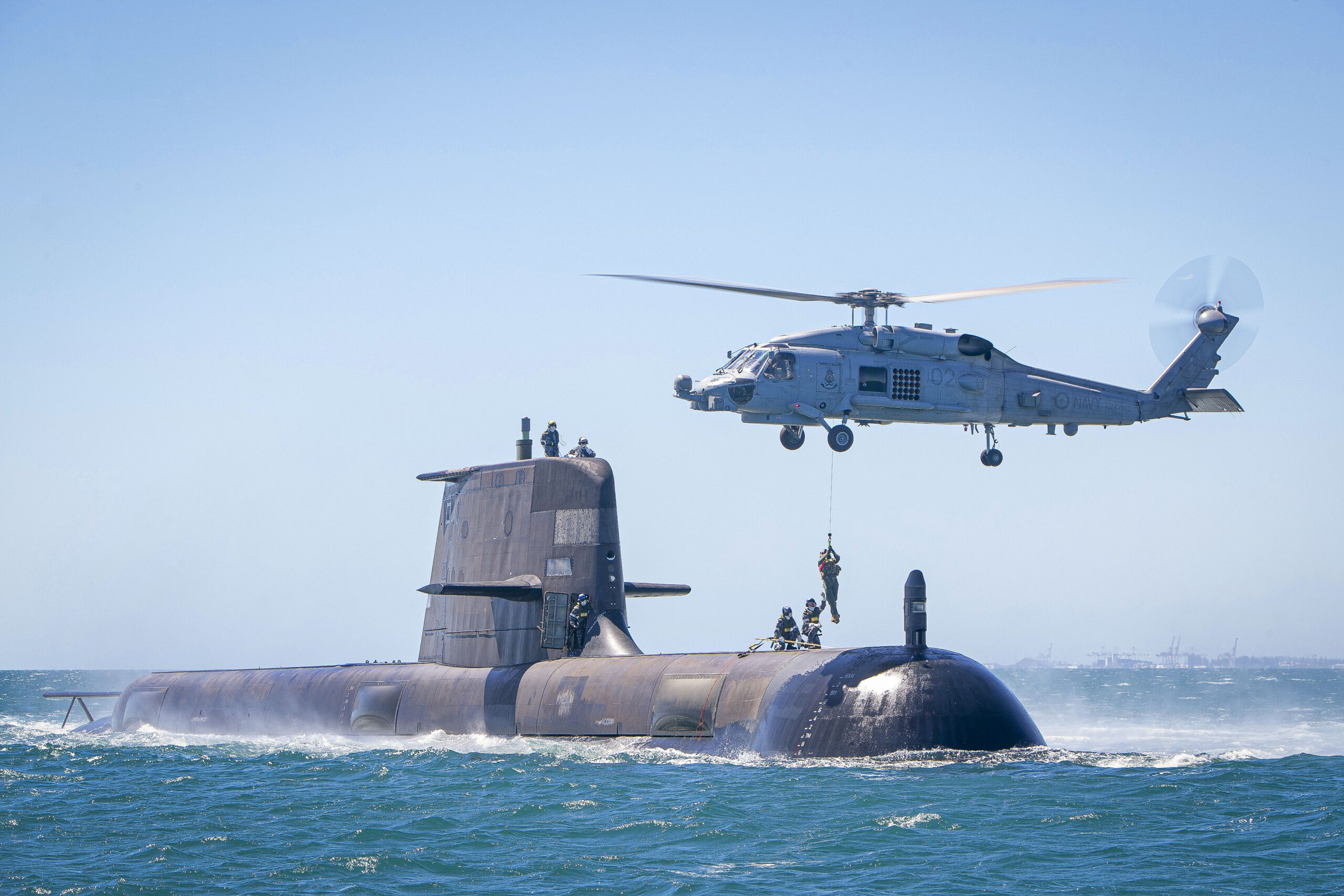
The LOTE is expected to keep the Collins class boats operational until the 2030s, according to Australia’s ASC shipbuilding firm.
HMAS Farncomb will be the first Collins class submarine to undergo sustainment and capability enhancement under the LOTE program, which is estimated to cost between $4 billion and $5 billion in full. That work is expected to begin in 2026, with no disclosed timetable for completion. We reached out to the Australian government and will update this story with any pertinent information provided.
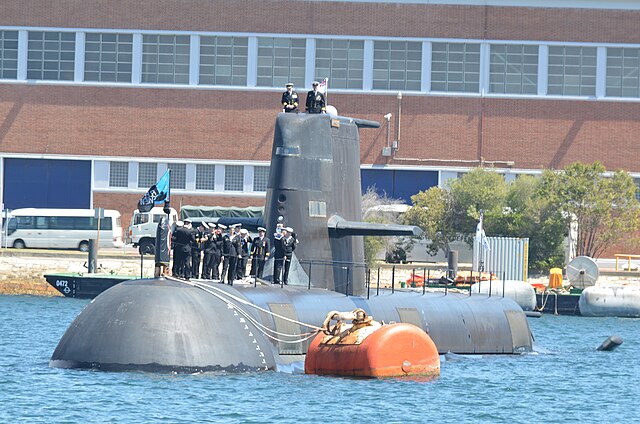
The Tomahawk decision, made amid the growing threat from China’s burgeoning navy, was largely for financial considerations, Australian officials said.
Adding the cruise missiles to Collins class submarines, which first set sail in the mid-1990s, “is not viable and does not represent value for money,” Australian officials said in Wednesday’s media release. That determination was made with advice from the U.S. No further explanation was offered. However, the U.S. has shut down production of its torpedo-fired Tomahawks and told the Australian government it did not plan to reopen the line, the Australian Financial Review media outlet reported.
We’ve reached out to authorities in Canberra for more details.
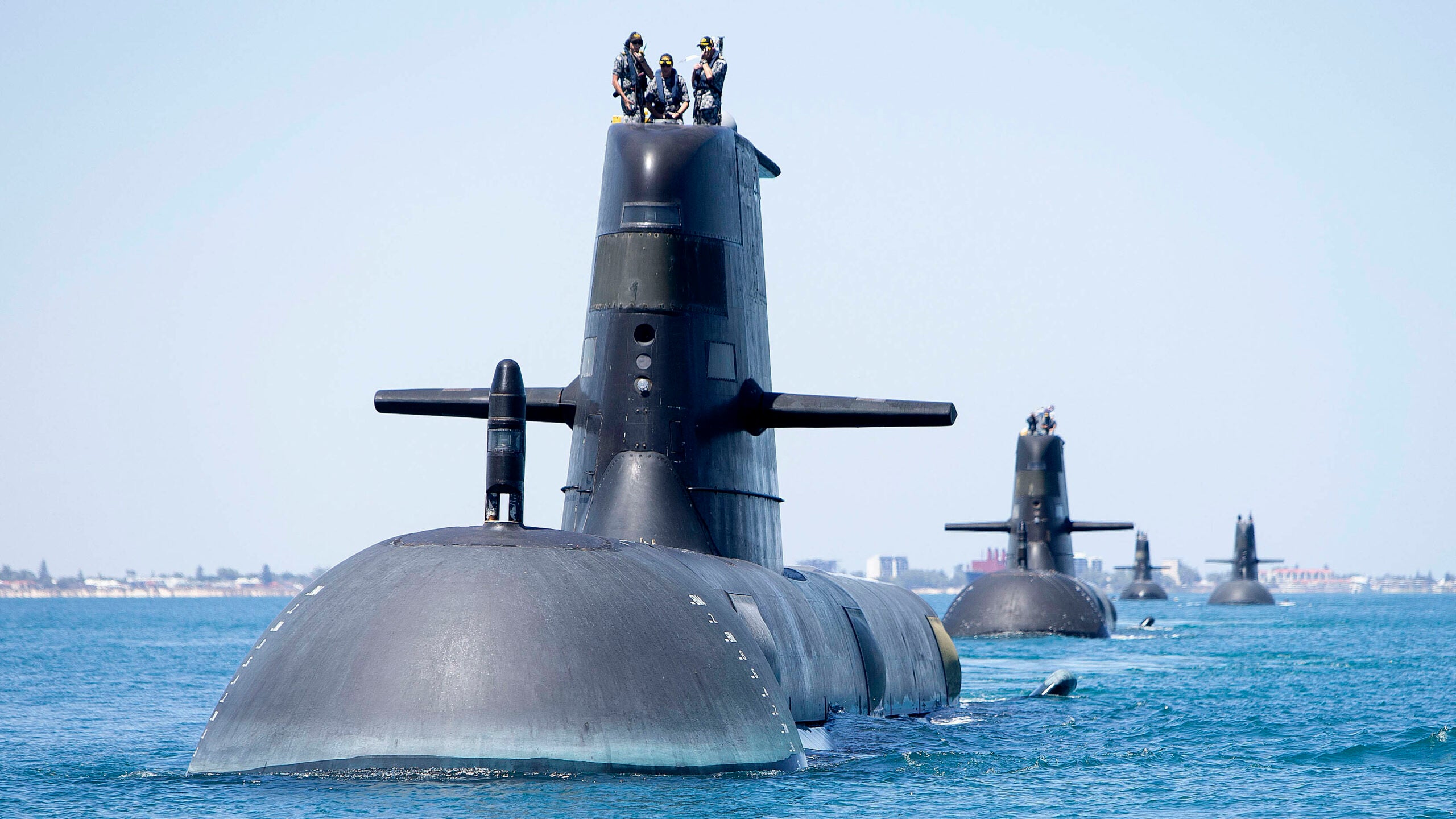
RAN is expecting new submarines that are equipped with Tomahawks, but they won’t arrive for another decade.
Under a joint U.S., U.K. and Australian program called AUKUS, created to counter Beijing, the U.S., plans to sell Australia between three to five Virginia class submarines that carry Tomahawks loaded in vertical launch tubes systems (VLS). However, the first of those boats won’t be delivered until the early 2030s, pending Congressional approval.
The new class of SSN AUKUS will also have VLS tubes capable of launching Tomahawks, but they are not currently scheduled for delivery to RAN until the early 2040s.
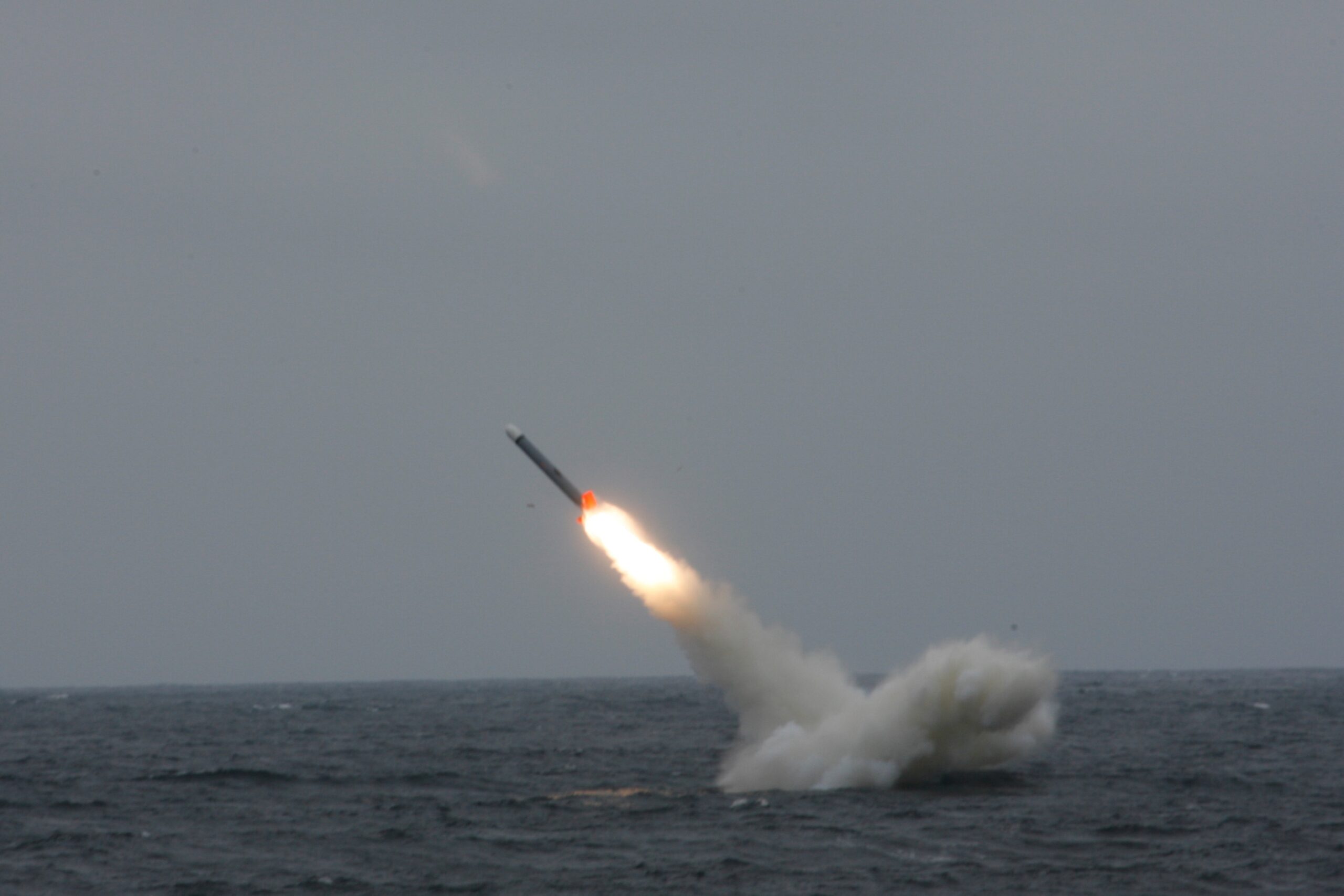
All told, Australia’s nuclear-powered submarine program will cost up to $245 billion over the next three decades, an Australian defense official said last year.
Concerns about U.S. shipbuilding capabilities are adding challenges to endeavour. A report ordered by the US Navy Secretary Carlos Del Toro and published in April found the Virginia Block IV program was running about three years late, while the Virginia Block V program was about two years late.
For the foreseeable future, RAN’s long-range strike capabilities will be covered by its surface fleet.
As we have reported before, Australian destroyers and perhaps new frigates will be equipped with Tomahawks, something Canberra confirmed today in their announcement.
The U.S. State Department last year approved a potential $895 million deal to sell up to 200 Tomahawk Block V and up to 20 Tomahawk Block IV All Up Rounds (AUR) cruise missiles and related equipment for Australia’s three Hobart class destroyers.
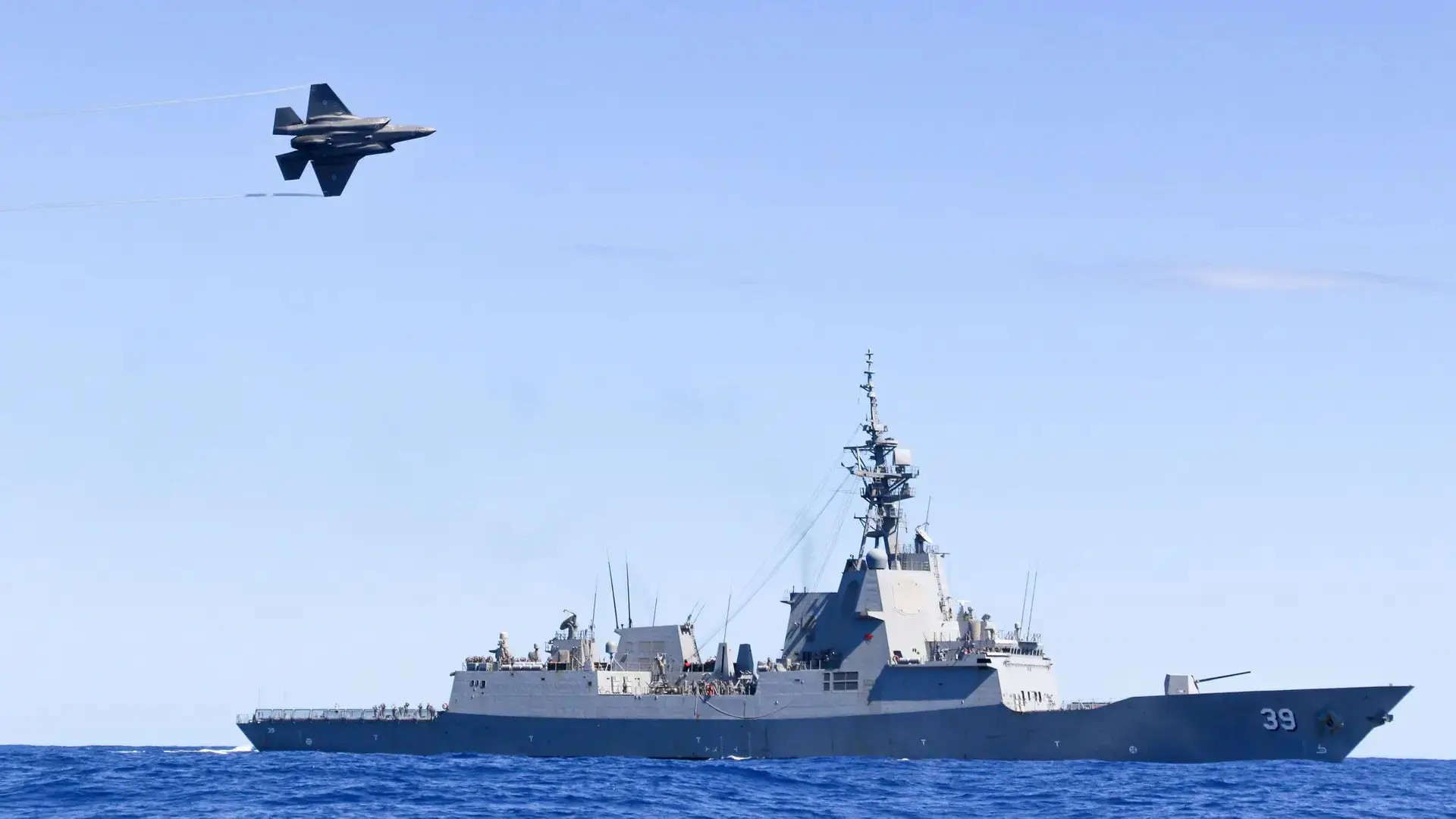
In addition, a new Australian fleet plan introduced in February also says that there has been an agreement “in principle” to integrate Tomahawk in the future onto its six new Hunter class frigates, a design derived from the British Type 26 that you can read more about here.
Adding TLAMs to the surface fleet “will reduce risk for the Collins class program and will help maximize Collins class availability as we transition to our future nuclear-powered submarine capability,” Australian officials stated Wednesday.
In addition to announcing the TLAM decision, Australia also said it was ditching plans to replace the Collins class optical barrel periscopes with an optronics upgrade. That would have given the boats a more capable, smaller, less bulky method of providing topside views that can also be seen by many crew members at once, unlike the current periscopes.
The optronics plan, floated by the previous government, “will not proceed following advice that it would have added complexity and risk to the life-of-type extension program,” the Australian government stated in its release. “The SSN AUKUS nuclear-powered conventionally-armed submarines will likewise not be fitted with this particular design.”
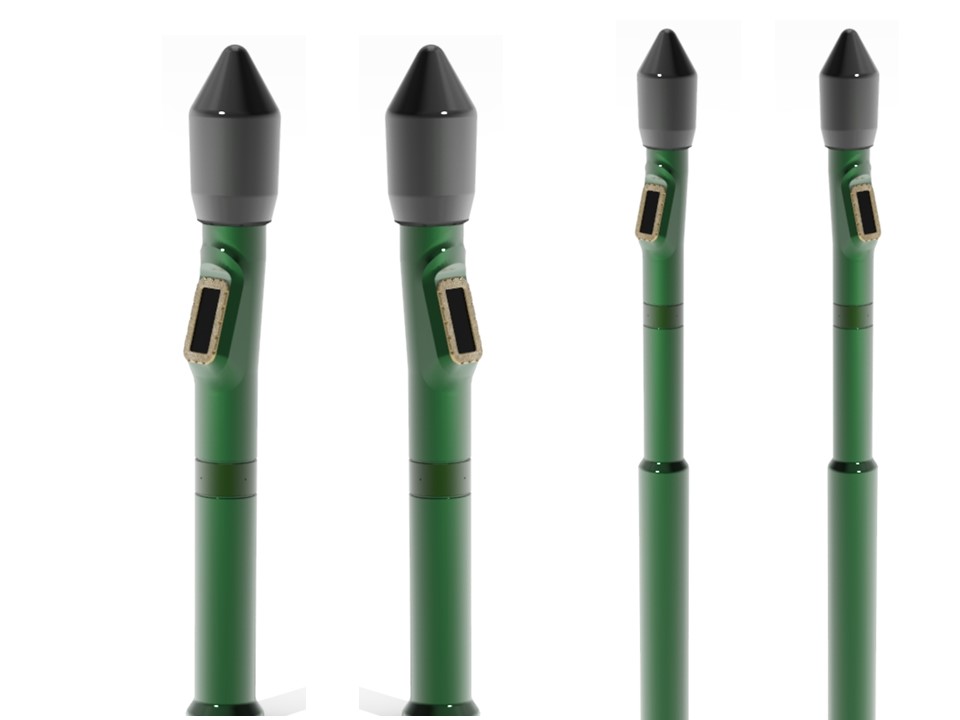
Despite the additional punch the Tomahawks, which can also offer a secondary anti-ship capability in their latest configuration, would provide, Australian officials remain confident in what the Collins boats can deliver. Though the U.S. Navy stripped Harpoons from its boats more than two decades ago, they began to be reinstalled on submarines a few years back as the need for anti-ship weapons grew in the face of growing naval threats.
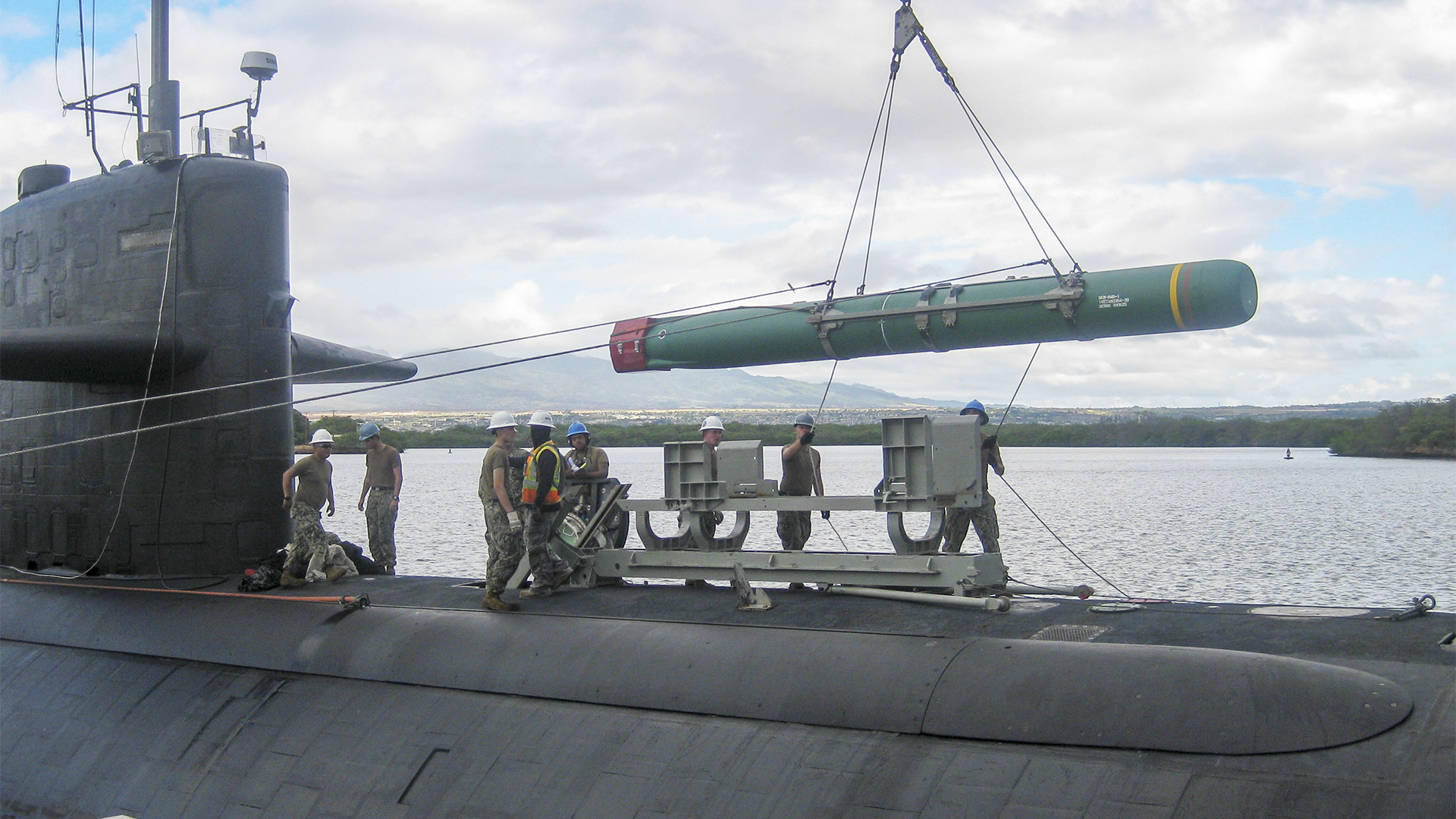
“Sustainment of the Collins class submarines continues to meet the Navy’s operational requirements and ensures the submarines remain an enduring, potent, and credible capability that is critical to Australia’s national security,” said Minister for Defense Industry Pat Conroy. “The sustainment and upgrade work on the Collins class submarines give industry the certainty it needs and will provide a further boost for Australians who will benefit from the creation of highly skilled and well-paid jobs.”
The new push to upgrade the Collins fleet comes as reports have surfaced that half “will remain out of the water for the rest of the year with unprecedented corrosion problems discovered on two of the aging boats,” Australia’s ABC news reported last month. “Officials from ASC, formerly Australian Submarine Corporation, have confirmed three submarines are currently in shipyards receiving upgrades and urgent maintenance, meaning just three others are available for the Navy during 2024.”
Efforts to upgrade and replace the Collins class have long been beset by problems. As we previously reported, Australia walked away from an earlier deal to replace them with new French-designed conventionally-powered Attack class types.
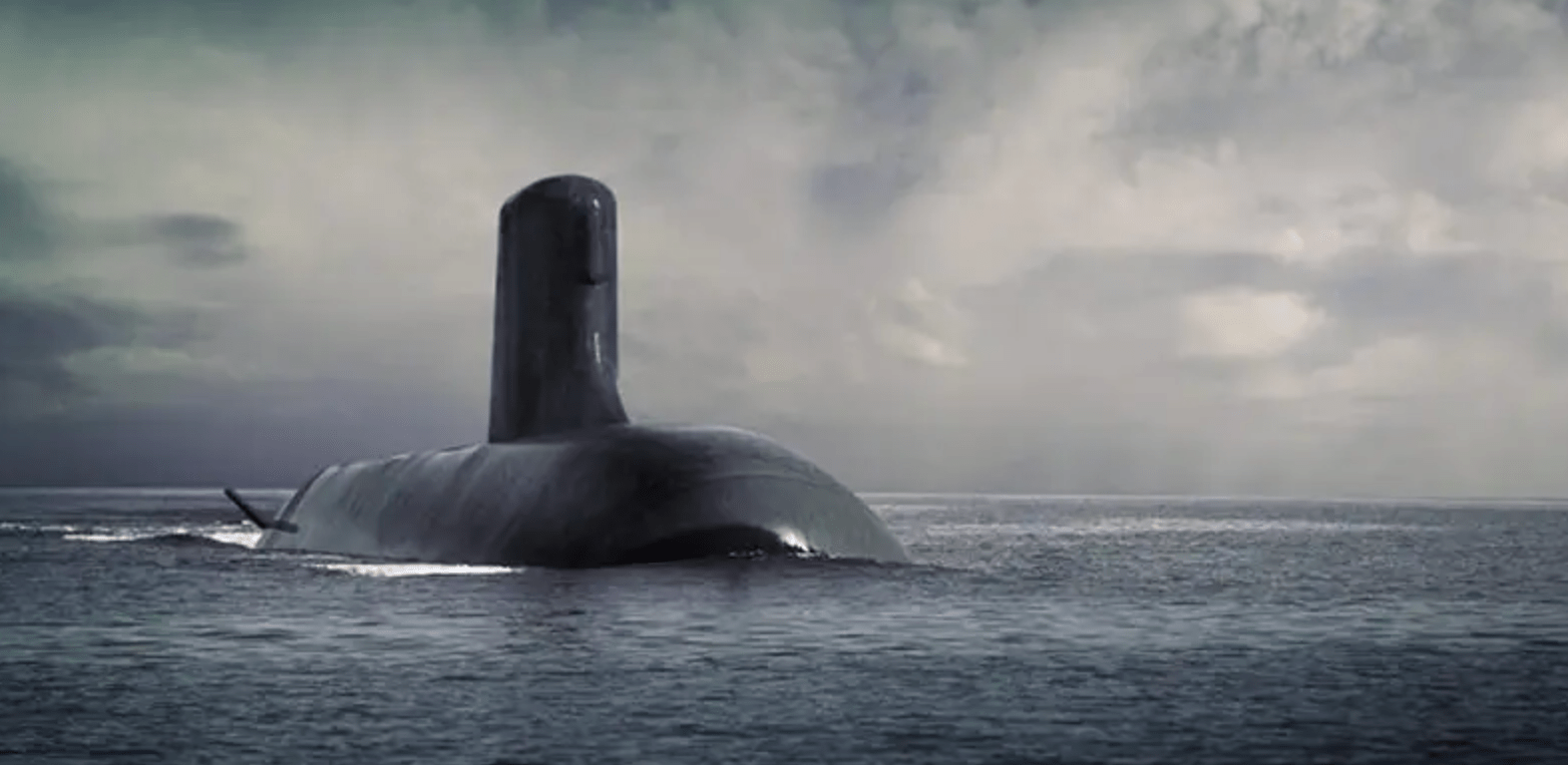
While Australian officials say they have changed the life extension program to reduce the design and construction risk in the retrofitting of its Collins boats, that also diminishes the nearer-term ability of RAN to strike long-distance targets. This is especially true in terms of China’s anti-access capabilities, where warships will be pushed far from its shores. Submarines are the most capable of penetrating this defensive bubble, bringing many more targets within reach of a weapon like the TLAM.
While the LOTE program is critical to keeping Collins boats in the fight, the Tomahawk decision pushes the ability for RAN submarines to hit targets nearly 1,000 miles away further into the future.
Contact the author: howard@thewarzone.com
